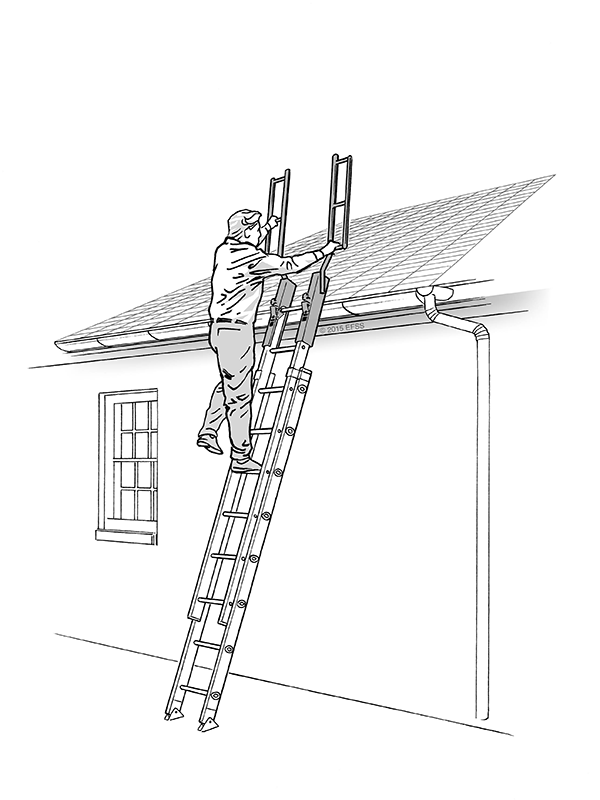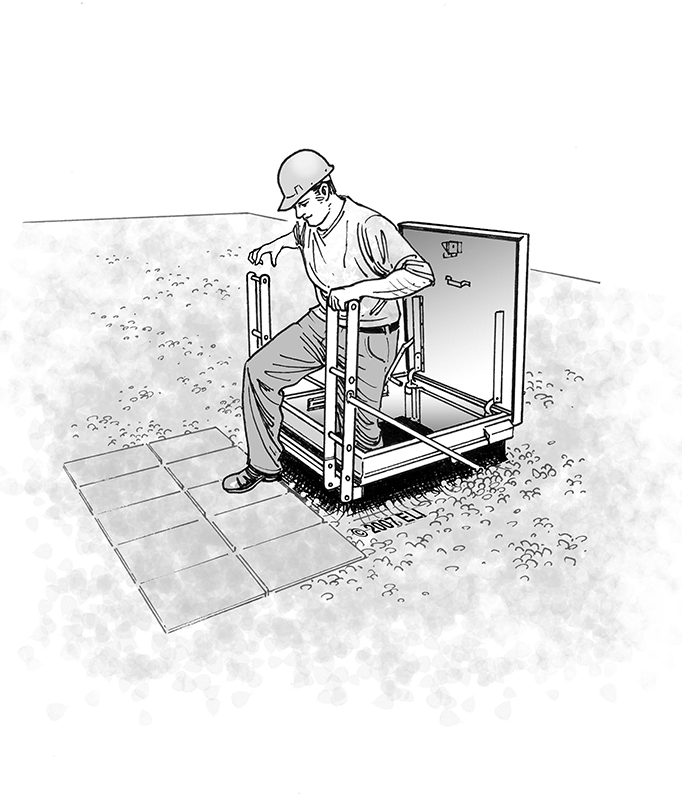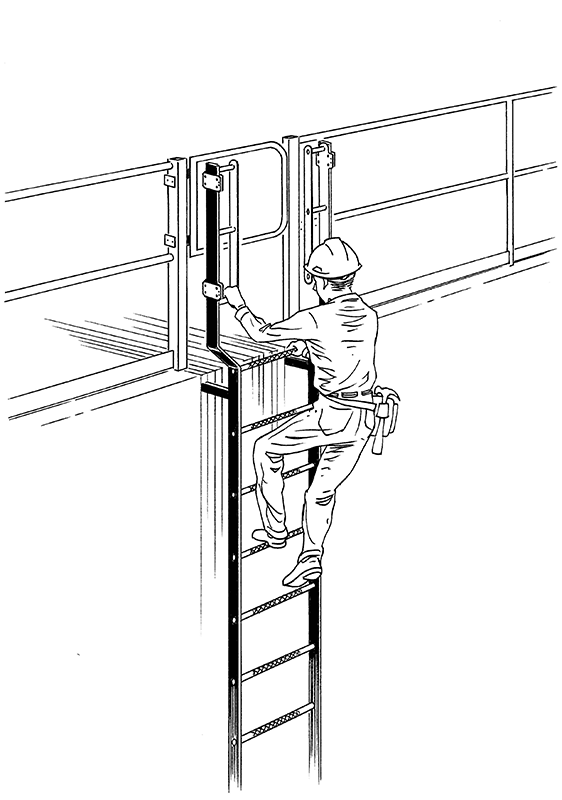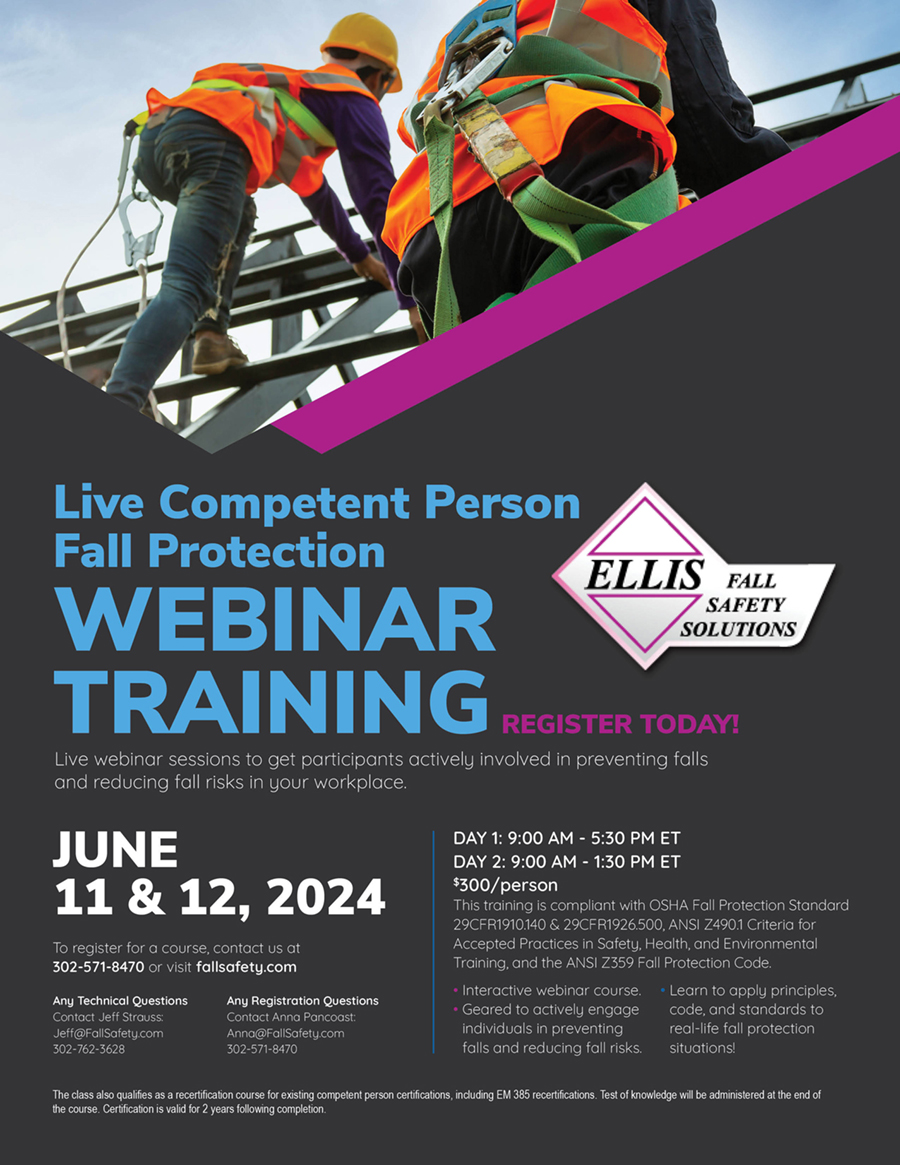Cable guides that do not require manual manipulation to pass them are preferable. Weather-resistant, synthetic cables that have long lifetimes in corrosive atmospheres are available. They offer the additional advantage of radio-frequency transparency for antennas. Synthetic cables must be protected from wind abrasion, with the structure by suitable clearance spacing.
Telecommunications tower cable-type fall protection systems and Z-bracket rungs which may be less than 3/4 inches diameter and less than 16 inches width, must meet test requirements.
A very important principle of climbing, using vertical cable-type fall arrestors is to never hold the cable for any reason. The reason for this is to prevent the transfer of weight through the handhold above the sleeve, and thereby stop or limit the gripping arrest of the line by the sleeve itself.
See “Introduction to Fall Protection, 4th Edition” page 322.
Order your copy of “Introduction to Fall Protection, 4th Edition” today. This invaluable resource will take you from the structure design stage to post construction maintenance. Click to find out more!




